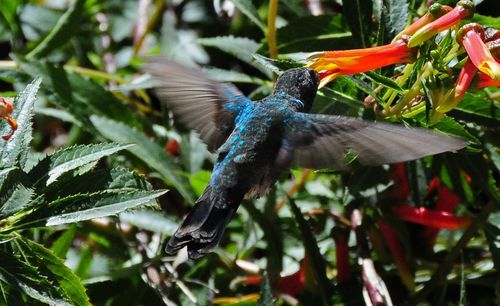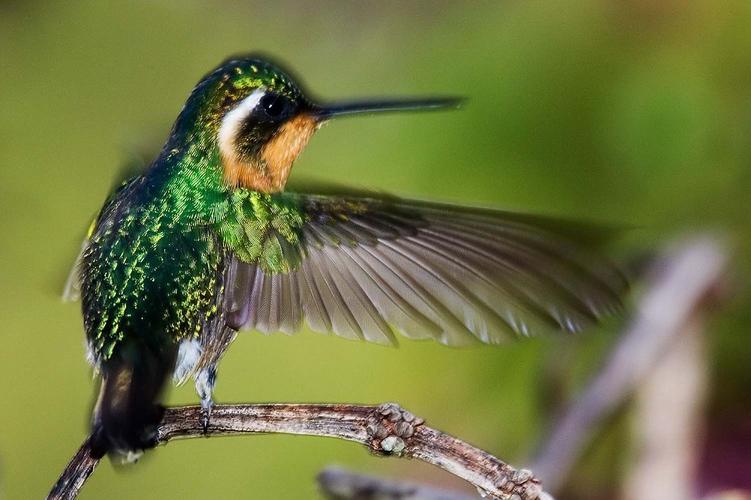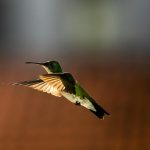Feeding hummingbirds is a delightful way to attract these tiny, vibrant birds to your backyard. One of the key aspects of hummingbird feeding is maintaining fresh nectar. In the summer months, when hummingbirds are most active, it becomes even more important to ensure that the nectar is fresh and safe for their consumption. In this article, we will discuss how often you should change hummingbird food in the summer to keep your feathered visitors healthy and happy.
Why is it important to change hummingbird food regularly?
Hummingbirds rely on nectar as their primary source of energy. It is essential to provide them with fresh food to maintain their health. Here are a few reasons why you should change hummingbird food regularly:
- Prevent Fermentation: Nectar can ferment when exposed to heat and sunlight, leading to the growth of harmful bacteria and yeast. Changing the food regularly helps prevent fermentation and ensures that the nectar remains safe for hummingbirds to consume.
- Avoid Spoilage: As nectar sits in the hummingbird feeder, it can attract insects, such as ants and bees, and can spoil quickly in hot weather. Regularly replacing the food helps prevent spoilage and keeps the feeder clean and hygienic.
- Provide Fresh Nutrients: Fresh nectar provides hummingbirds with the necessary nutrients and energy they need for their high metabolic rate. Regularly changing the food ensures that the nectar is rich in nutrients and not depleted over time.

How often should you change hummingbird food in the summer?
The frequency of changing hummingbird food in the summer depends on various factors, including the ambient temperature, feeder location, and level of activity. Here are some general guidelines to help you determine how often you should change the nectar:
- Every 2 to 3 days: In hot weather with temperatures exceeding 85°F (29°C), it is recommended to change the hummingbird food every 2 to 3 days. The heat can accelerate fermentation and spoilage, making it crucial to provide fresh food more frequently.
- Every 4 to 5 days: In moderate temperatures ranging from 70°F to 85°F (21°C to 29°C), changing the nectar every 4 to 5 days is generally sufficient to maintain freshness.
- Every 7 to 10 days: In cooler climates with temperatures below 70°F (21°C), you can change the hummingbird food every 7 to 10 days. Lower temperatures slow down the fermentation process, allowing the nectar to remain fresh for a longer duration.
Tips for maintaining fresh hummingbird food
In addition to changing the hummingbird food regularly, here are some additional tips to ensure the freshness and safety of the nectar:

- Thoroughly clean the feeder: Before refilling the feeder, make sure to clean it thoroughly with hot water and a small brush to remove any residue or mold. This helps prevent the growth of harmful bacteria.
- Use a shady location: Place the hummingbird feeder in a shaded area to minimize exposure to direct sunlight. This can help slow down the fermentation process and extend the freshness of the nectar.
- Avoid adding additives: Stick to a simple nectar recipe of four parts water to one part white granulated sugar. Avoid using honey, brown sugar, or artificial sweeteners, as they can be harmful to hummingbirds.
- Monitor the feeder: Regularly check the feeder for any signs of spoilage or mold. If you notice discoloration or a foul smell, it’s important to clean and refill the feeder immediately.
By following these guidelines and maintaining fresh nectar, you can provide a safe and inviting feeding environment for hummingbirds in the summer. Enjoy the enchanting presence of these beautiful birds as they visit your backyard!




